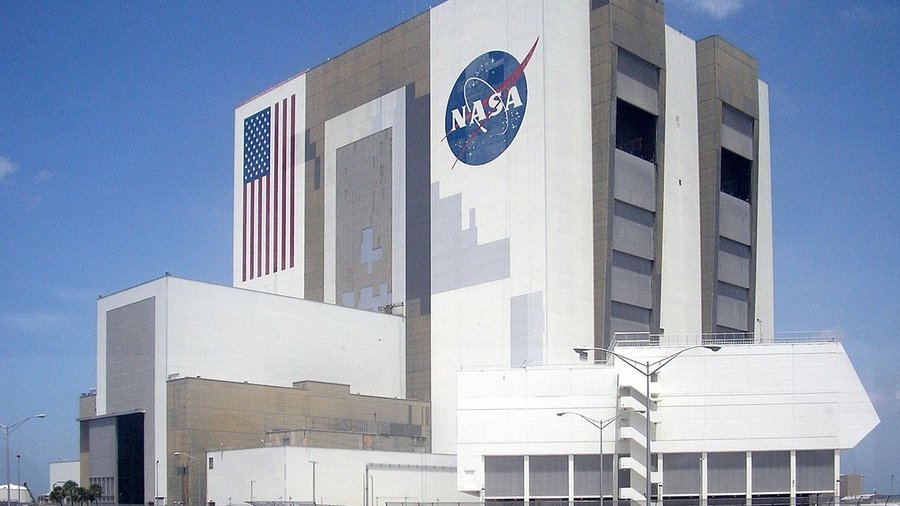NASA aims to put a man back on the moon — as well as the first woman — by 2024 and has tapped 11 companies to start working on human landers.
The federal aerospace agency has awarded $45.5 million toward the effort, which is part of the Artemis lunar exploration program, which also looks toward establishing sustainable lunar missions by 2028.
NASA’s proposed plan is to transport astronauts in a human landing system that will need a transfer element for the journey from the lunar Gateway to low-lunar orbit, a descent element to carry astronauts to the surface, and an ascent element to return to them to the Gateway. The agency also is looking at refueling capabilities to make these systems reusable.
This week’s awards will help companies study and/or develop prototypes for the descent, transfer and refueling elements of the projects.
Among the selected companies are Hawthorne, California-based SpaceX, which will work on a descent element study, and Aerojet Rocketdyne, located in the Los Angeles neighborhood of Canoga Park, which will work on a transfer vehicle study.
The money will be distributed through Next Space Technologies for Exploration Partnerships (NextSTEP) — a public/private partnership program that requires companies to contribute at least 20 percent of the total project cost.
“To accelerate our return to the Moon, we are challenging our traditional ways of doing business,” said Marshall Smith, director for human lunar exploration programs at NASA Headquarters, in a statement. “We will streamline everything from procurement to partnerships to hardware development and even operations. Our team is excited to get back to the Moon quickly as possible, and our public/private partnerships to study human landing systems are an important step in that process.”
Here are the companies selected to research human lunar landers for NASA:
- Aerojet Rocketdyne (NYSE: AGRD), Canoga Park, California — one transfer vehicle study
- Blue Origin, Kent, Washington — one descent element study, one transfer vehicle study and one transfer vehicle prototype
- Boeing (NYSE: BA), Houston — one descent element study, two descent element prototypes, one transfer vehicle study, one transfer vehicle prototype, one refueling element study and one refueling element prototype
- Dynetics, Huntsville, Alabama — one descent element study and five descent element prototypes
- Lockheed Martin (NYSE: LMT), Littleton, Colorado — one descent element study, four descent element prototypes, one transfer vehicle study and one refueling element study
- Masten Space Systems, Mojave, California — one descent element prototype
- Northrop Grumman Innovation Systems (NYSE: NOC), Dulles, Virginia — one descent element study, four descent element prototypes, one refueling element study and one refueling element prototype
- OrbitBeyond, Edison, New Jersey — two refueling element prototypes
- Sierra Nevada Corporation, Louisville, Colorado, and Madison, Wisconsin — one descent element study, one descent element prototype, one transfer vehicle study, one transfer vehicle prototype and one refueling element study
- SpaceX, Hawthorne, California — one descent element study
- SSL, Palo Alto, California — one refueling element study and one refueling element prototype
